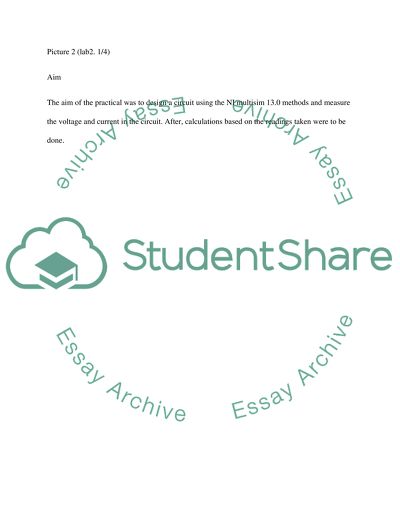Cite this document
(“Paraphrasing#2 Essay Example | Topics and Well Written Essays - 1250 words”, n.d.)
Paraphrasing#2 Essay Example | Topics and Well Written Essays - 1250 words. Retrieved from https://studentshare.org/engineering-and-construction/1671361-paraphrasing2
Paraphrasing#2 Essay Example | Topics and Well Written Essays - 1250 words. Retrieved from https://studentshare.org/engineering-and-construction/1671361-paraphrasing2
(Paraphrasing#2 Essay Example | Topics and Well Written Essays - 1250 Words)
Paraphrasing#2 Essay Example | Topics and Well Written Essays - 1250 Words. https://studentshare.org/engineering-and-construction/1671361-paraphrasing2.
Paraphrasing#2 Essay Example | Topics and Well Written Essays - 1250 Words. https://studentshare.org/engineering-and-construction/1671361-paraphrasing2.
“Paraphrasing#2 Essay Example | Topics and Well Written Essays - 1250 Words”, n.d. https://studentshare.org/engineering-and-construction/1671361-paraphrasing2.


